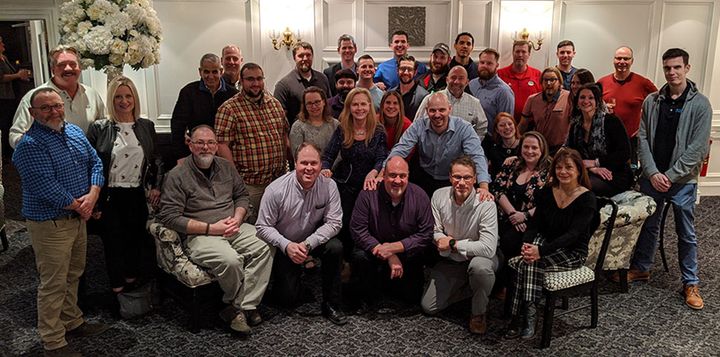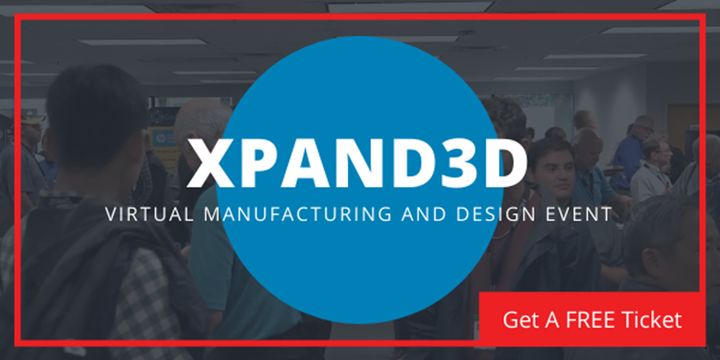
Source: Cimquest
Pre-Covid, one of my favorite 3D printing events has always been the live, multi-day, Cimquest industry event.
Cimquest is a well-known provider of CAD/CAM, 3D Printing, and Reverse Engineering solutions, and also resells manufacturing-level 3D printing equipment, including products from HP and Desktop Metal.
Cimquest has a strong engineering team and is known for its multi-state training capabilities. This year’s two-day (May 25th and 26th) event is called Xpand 3D 2021 and will be virtual. Registration info is here. The Cimquest management team, engineers and marketing department has always assembled an excellent mix of industry experts, leading vendors and their own management. I have witnessed the event grow through the years. These include Cimquest representatives, HP Inc., Mastercam and other leading manufacturing and software vendors. Although I will miss the breakfast muffins and pastries, lunch heroes and salads (and late day pizza) it is the actual substance of this virtual event that everyone will find valuable.

The Research & Development Tax Credit
Whether it’s used for creating and testing prototypes or for final production, 3D printing is a great indicator that R&D Credit eligible activities are taking place. Companies implementing this technology at any point should consider taking advantage of R&D Tax Credits.
Enacted in 1981, the now permanent Federal Research and Development (R&D) Tax Credit allows a credit that typically ranges from 4%-7% of eligible spending for new and improved products and processes. Qualified research must meet the following four criteria:
- Must be technological in nature
- Must be a component of the taxpayer’s business
- Must represent R&D in the experimental sense and generally includes all such costs related to the development or improvement of a product or process
- Must eliminate uncertainty through a process of experimentation that considers one or more alternatives
Eligible costs include U.S. employee wages, cost of supplies consumed in the R&D process, cost of pre-production testing, U.S. contract research expenses, and certain costs associated with developing a patent.
On December 18, 2015, President Obama signed the PATH Act, making the R&D Tax Credit permanent. Since 2016, the R&D credit has been used to offset Alternative Minimum Tax (AMT) for companies with revenue below $50MM and, startup businesses can obtain up to $250,000 per year in payroll tax cash rebates.
Conclusion
Those who take the time, effort and develop the skills to advance and promote 3D printing are doing everyone a favor. 3D printing is the future of manufacturing in this Country, and we benefit from the growth of the industry. Cimquest’s Xpand3D event demonstrates how widespread this industry is today.
